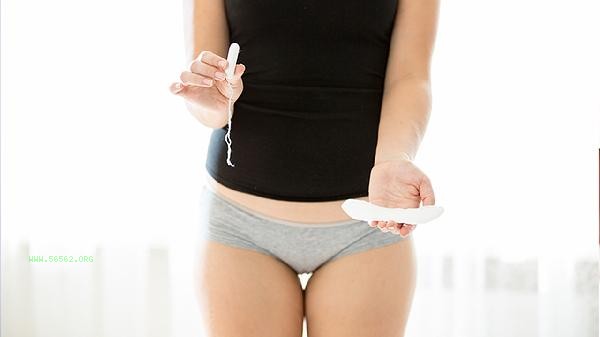Menstrual blood clots usually gradually dissolve into blood when placed in water. Menstrual blood clots are mainly composed of shed endometrial tissue, coagulated blood, and fibrin, and their dissolution rate is affected by factors such as clot size, water temperature, and soaking time.

1. Blood clot composition:
The core components of menstrual blood clots are red blood cells and endometrial fragments wrapped in a fibrin network. Fibrin is a key substance in the process of blood clotting, and its network structure gradually loosens when it comes into contact with water, leading to the disintegration of blood clots. Smaller blood clots with a diameter less than 1 centimeter usually begin to dissolve within 10 minutes, while larger blood clots may take more than 30 minutes to fully transform into blood.
2. Water temperature effect:
Warm water around 37 ℃ can accelerate blood clot dissolution because an environment close to body temperature can activate the fibrinolytic enzyme system. Experiments have shown that blood clots of the same size dissolve 40% -50% faster in warm water than in cold water. But water temperature exceeding 50 ℃ may cause hemoglobin denaturation, resulting in a brownish color in the dissolved liquid.
3. Soaking time:

Complete dissolution requires continuous soaking, and brief rinsing can only soften the surface of the blood clot. Clinical observations have found that blood clots with a diameter of 2 centimeters need 45-60 minutes to completely dissolve in static water, and under flowing water flushing conditions, the time can be shortened to 20-30 minutes. The final dissolution of the central part of the blood clot often takes longer.
4. Pathological factors:
Blood clots in patients with adenomyosis contain more fibrous tissue, which may prolong the dissolution time by 1-2 times. This type of blood clot often has flocculent residue after dissolution, which is different from the uniform dissolution of regular menstrual blood clots. If the blood clot has not dissolved after 24 hours, it is recommended to undergo gynecological ultrasound examination to rule out organic diseases.
5. Observational significance:
Blood clot lysis test can be used as a simple self screening method. Normally dissolved blood appears uniformly red in color. If there are clear upper layers and cloudy or gelatinous lower layers, it may indicate abnormal fibrinolytic function. But this method cannot replace regular medical examinations, and abnormal situations still require medical attention.

It is recommended to maintain a daily warm water sitz bath for 15 minutes during menstruation, with the water temperature controlled at 38-40 ℃, which can promote pelvic blood circulation and help eliminate residual endometrium. Adding green leafy vegetables such as spinach and broccoli, which are rich in vitamin K, to the diet can help maintain normal coagulation function. To avoid menstrual blood reflux caused by intense exercise during menstruation, it is more appropriate to choose yoga, walking, and exercise. Recording the number, size, and dissolution of menstrual blood clots can provide valuable diagnostic references for gynecologists.








Comments (0)
Leave a Comment
No comments yet
Be the first to share your thoughts!